Viscose is one of the most versatile materials available in the fashion and textile industry. Many of us may wonder what is viscose, what kind of material it is and what properties it has. How is viscose different from other fabrics? Viscose or cotton? Viscose or polyester? It is worth delving into the secrets of this fascinating fabric.
Table of Contents
- How was viscose created?
- Viscose – what is this material?
- Viscose and its uses
- Advantages of viscose
- Viscose – a fabric with many facets
- Viscose for dresses – elegance and comfort
- Is viscose a good material?
- Does viscose wrinkle?
- Does viscose stretch?
- Viscose vs cotton – what to choose?
- Viscose vs polyester – what to choose?
- Viscose – a unique fabric
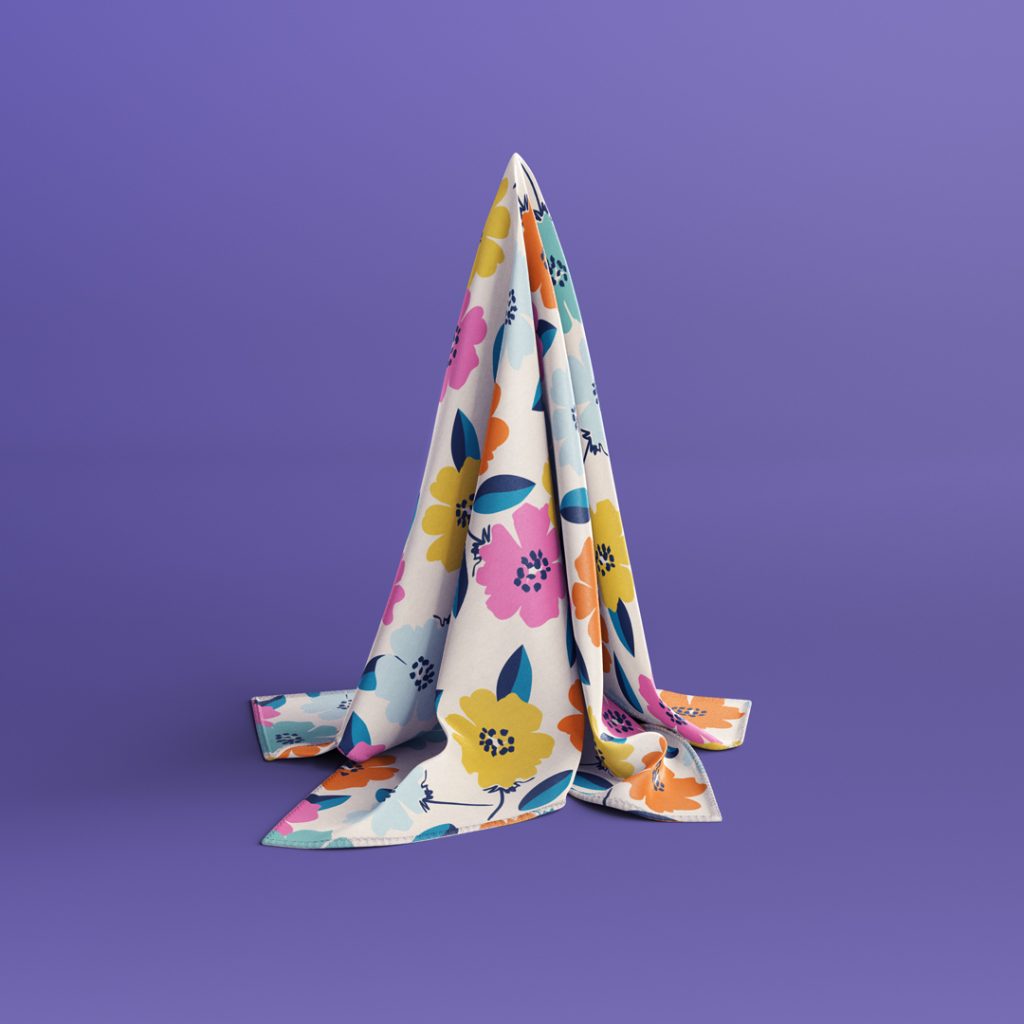
How was viscose created?
The history of viscose dates back to the late 19th century, when the Frenchmen Georges Audemars and his son Hilaire-Bernard Audemars developed a new textile production process. They worked on this process for a long time and in 1884 they came up with an innovative method of processing plant cellulose into fibers, which gave rise to viscose.
The first viscose factory was opened in France in 1891 and the new material quickly gained recognition for its unique properties. The name “viscose” comes from the Italian word
“viscosa”, which means “viscous” because that is what the fabric is during its production process. Within a few years, viscose became popular in the fashion industry due to its softness, elegance and breathability.
Today, viscose is still a popular material in the fashion and textile industry. Modern production processes are more environmentally friendly than some other synthetic materials, making it an attractive option for environmentally conscious consumers.
The history of viscose is a story of continuous evolution and improvement of production processes, allowing it to remain in the market for over a century.
Viscose – what is this material?
Viscose is a material that is created by processing plant cellulose. It is a type of fabric that combines the characteristics of both natural and synthetic materials. However, it’s production process, despite being based on natural raw materials, is controlled in a way that allows for the attainment of various properties. It is worth mentioning that viscose is often called “artifical silk” for its softness and delicate sheen, which adds elegance to garments.
Viscose and its uses
Thanks to its unique properties, viscose is suitable for various practical applications. Here are a few examples where viscose plays a key role:
- Clothing – viscose is often used to produce various types of clothing. Its softness, lightness and excellent breathability make it an ideal choice for garments that provide comfort and style.
- Underwear – viscose is valued in the manufacture of underwear for its softness and comfortable wear. Underwear made from this fabric is soft to the skin and fits perfectly, providing a feeling of comfort throughout the day.
- Swimwear – due to its quick-drying capability, viscose is often used in swimwear production. Its breathability makes it an ideal material for swimsuits that remain comfortable even after a swim.
- Home textiles – viscose has also found its place in the field of home textiles. Bedding, towels, curtains and drapes made from viscose are soft to the touch and extremely pleasant to use. They add elegance and comfort to any interior.
- Artistic creations – artistic clothing designs, artistic textiles and other textile products are often created from viscose because of its ability to take on different colours and its unique sheen.
- Crafts – viscose is highly valued by craft enthusiasts, including in the creation of fabric dolls, due to its softness and ease of shaping.
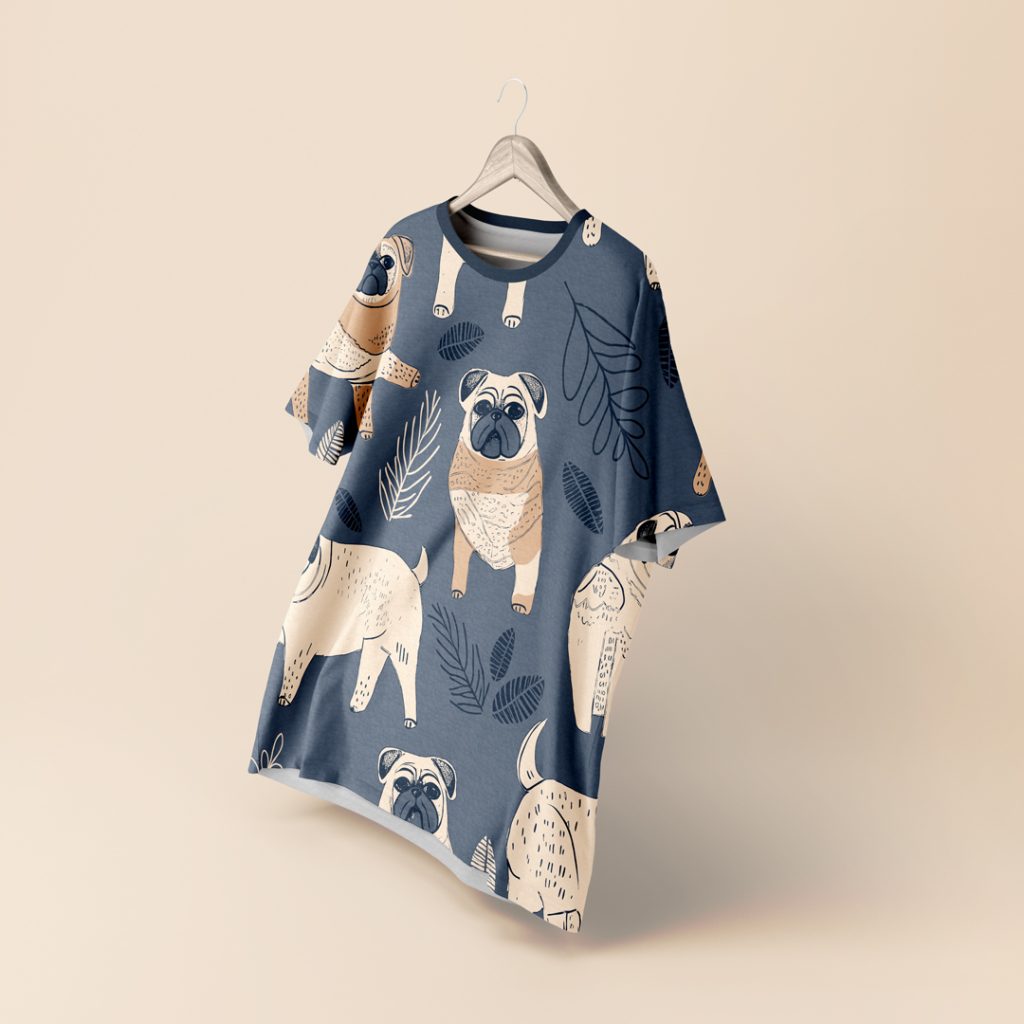
Advantages of viscose
- Excellent breathability – viscose regulates body temperature, providing comfort in various weather conditions.
- Softness – the material is gentle on the skin, making it very pleasant to wear.
- Elegance – the subtle sheen gives viscose garments a unique and elegant look.
- Environmentally friendly – modern viscose production processes are more environmentally friendly thank some other synthetic materials.
Viscose – a fabric with many facets
One of the most important characteristics of viscose is its versatility. This fabric can be used to produce a wide range of clothing, from casual everyday shirts to exceptionally elegant evening dresses. Viscose is also popularly used for lingerie and swimwear due to its lightness and excellent breathability.
However, before you dive into the patterns and viscose itself, it is worth considering its properties. Viscose can be used to make a wide range of clothing products. Its versatility makes it popular for both casual and formal styles.
Viscose for dresses – elegance and comfort
If you are dreaming of a dress that combines elegance with comfort, viscose may be the perfect choice. Its softness and subtle sheen give a dress a unique character while making it incredibly comfortable to wear. Viscose fits perfectly on the body, accentuating your figure’s assets and allowing you to feel confident during important occasions.
Viscose for dresses is the perfect fabric for creating a unique, dream dress. Viscose dresses are prized for their comfort. The fabric is soft and lightweight, which makes wearing such a dress all day a pleasure. In addition, the material is perfectly breathable, so viscose dresses are the perfect choice for warm summer days.
Is viscose a good material?
When considering viscose, it’s worth thinking about its advantages and disadvantages. One of the key advantages of this fabric is its excellent breathability. Viscose regulates body temperature effectively. It allows your skin to breathe, making you feel comfortable even on hot days.
This material has a tendency to stretch, meaning that clothing made of viscose may lose its original shape over time. It’s important to handle clothes made of viscose with care during washing and drying to enjoy their comfort and appearance for as long as possible. Ironing may also be necessary to restore their original shape.
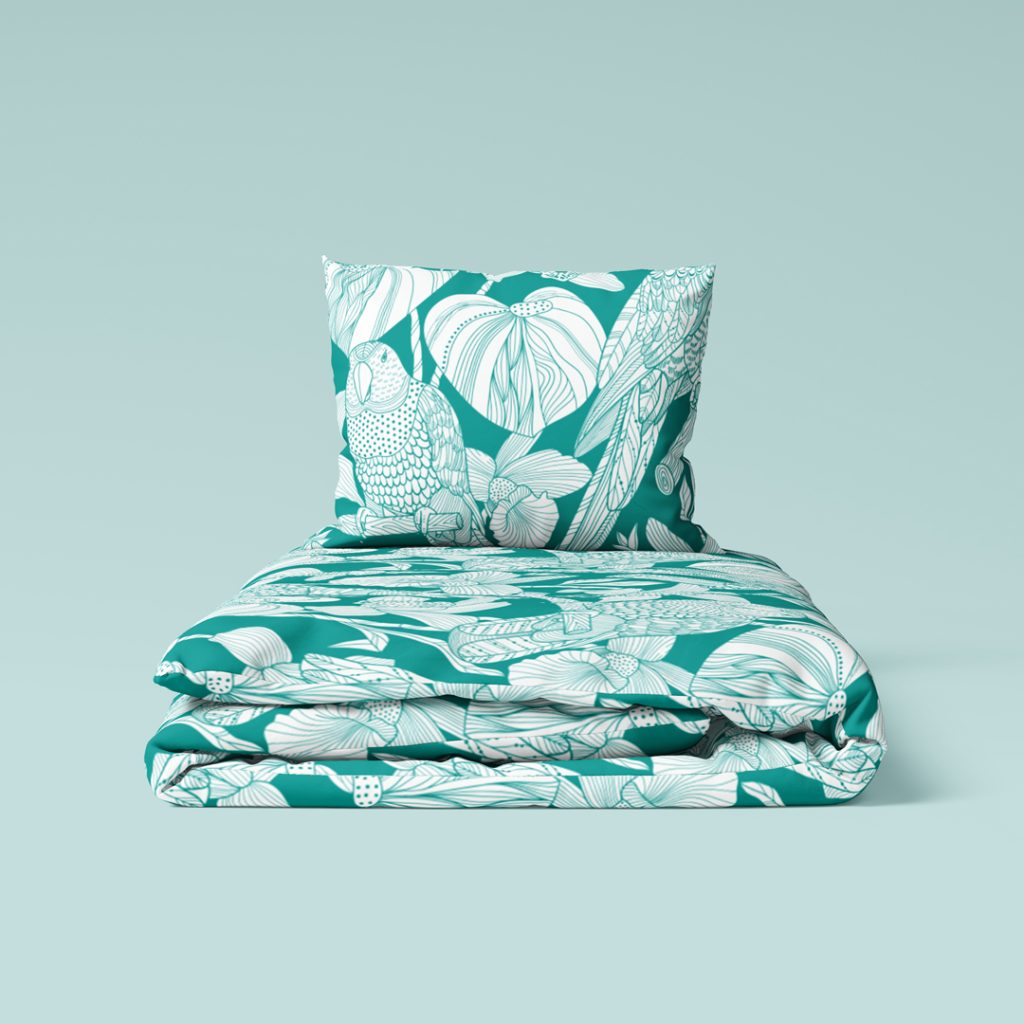
Does viscose wrinkle?
It is also worth remembering certain characteristics of viscose that can affect its use. This material has a tendency to wrinkle, meaning that clothing made of viscose may require more frequent ironing. However, it is worth noting that this is not the rule, but only a characteristic of some viscose fabrics.
Does viscose stretch?
Another characteristic of viscose is its tendency to stretch. This means that clothing made of viscose may lose its original shape over time. It is worth taking care when washing and drying viscose garments in order to enjoy their comfort and appearance for as long as possible. Ironing may also be necessary to restore their original shape.
Viscose vs cotton – what to choose?
It is also worth comparing viscose to other popular fabrics, such as a cotton. Cotton is a natural fiber, whereas viscose is a synthetic material. Cotton is much less prone to wrinkling, which means that clothes made from it are often more practical for everyday wear. On the other hand, viscose has a more elegant look, making it ideal for special occasions.
Cotton and viscose also differ in terms of breathability. Viscose, thanks to its structure, effectively regulates body temperature. This is particularly beneficial on hot days when we want to feel fresh and comfortable. Cotton is also breathable but to a slightly lesser degree than viscose.
Viscose vs polyester – what to choose?
Polyester is another popular material used in the textile industry, often compared to viscose. Polyester is synthetic material known for its durability and resistance to wrinkling. It is also easy to maintain and dries quickly after washing.
However, compared to viscose, polyester may be less comfortable to wear, especially on hot days, as it does not provide as good breathability. Viscose wins in this category, ensuring better regulation of body temperature and comfort throughout the day.
Viscose – a unique fabric
Viscose is a fabric that is gaining increasing popularity in the fashion world. Its versatility and elegance are attracting a growing number of fashion lovers. It is worth experimenting and discovering how viscose can make your wardrobe even more unique. Thanks to its diversity, viscose can be the perfect companion on your fashion journey, giving you the opportunity to create unique looks. Sounds good? Discover it for yourself, together with CottonBee!
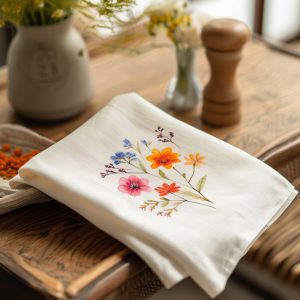
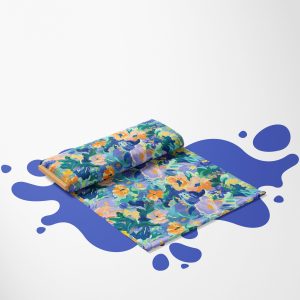

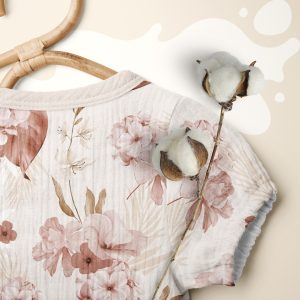
One thought on “Viscose – what is this material? Properties and uses of viscose ”
Comments are closed.